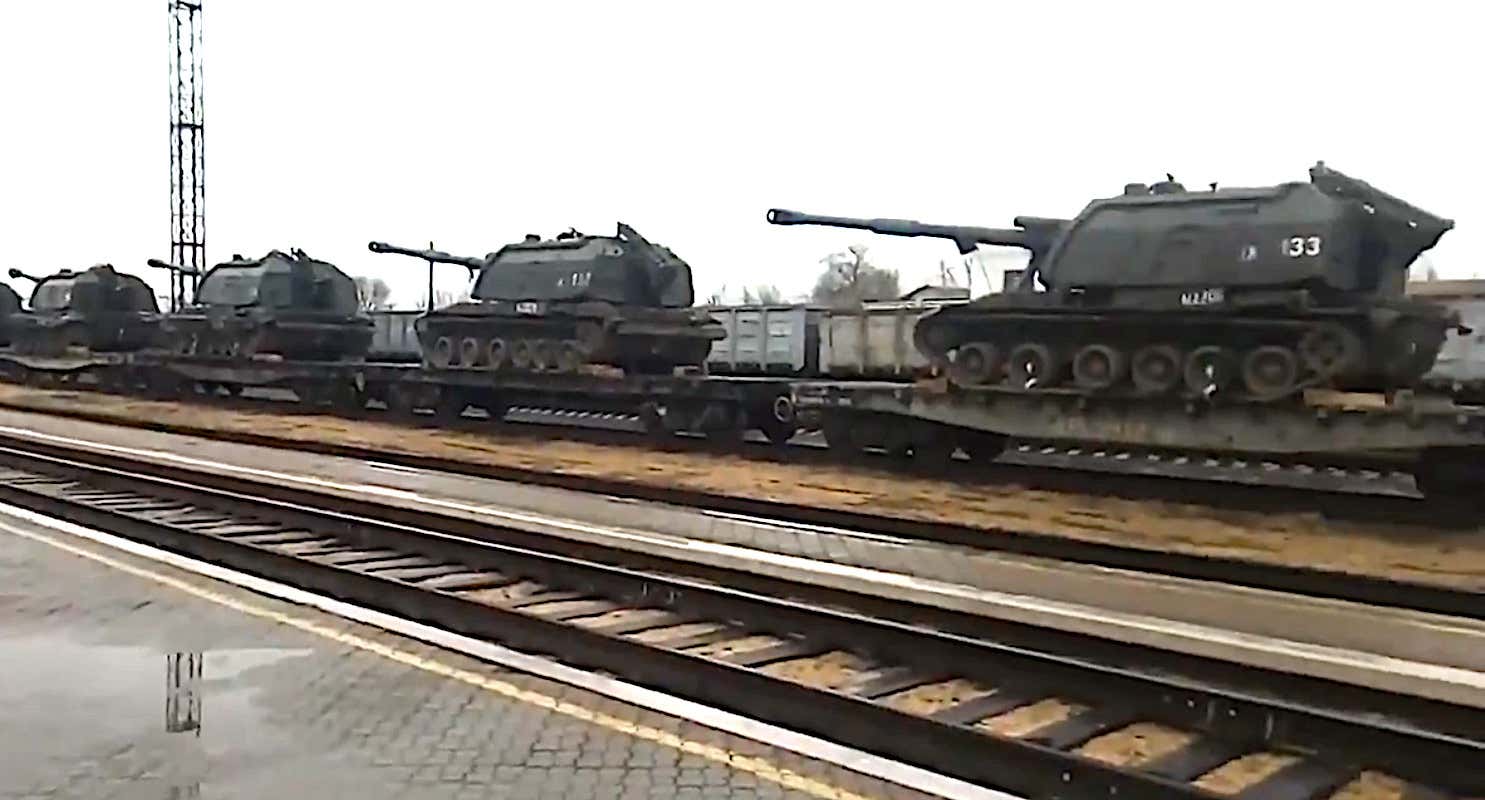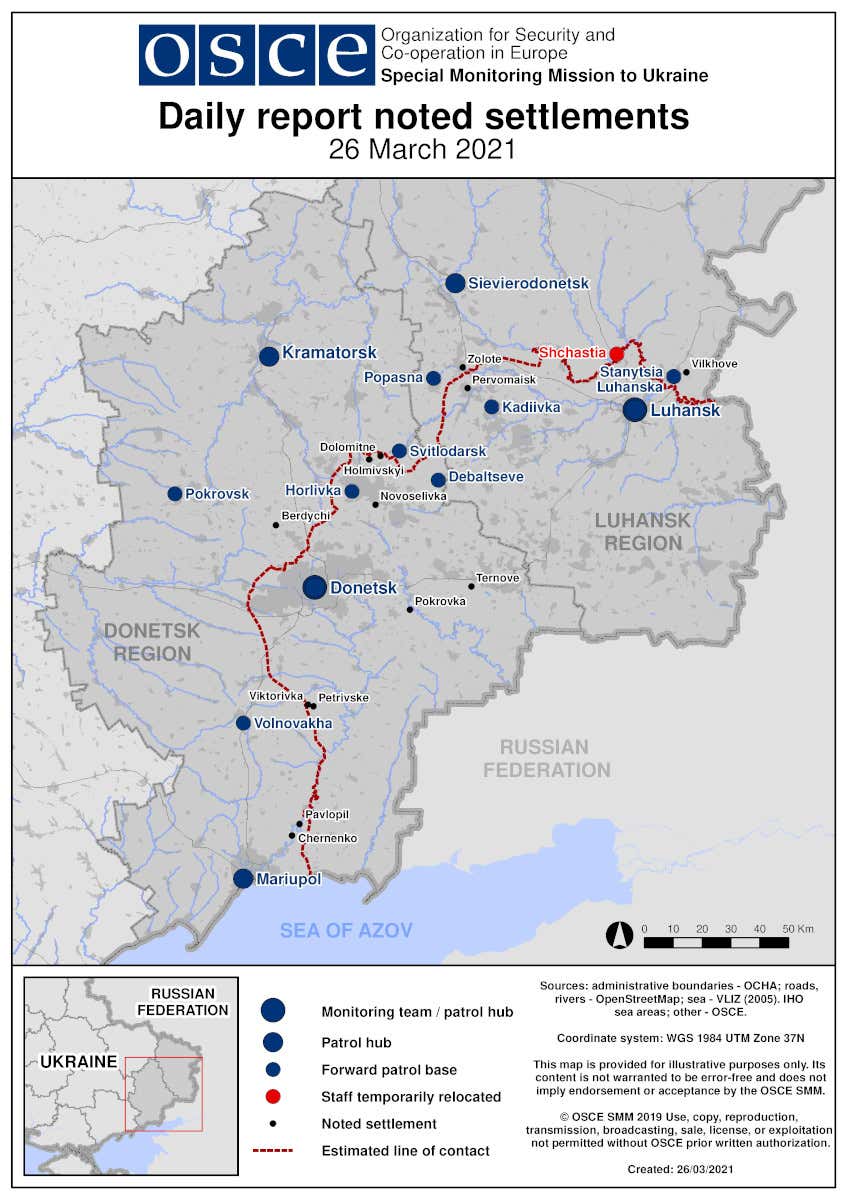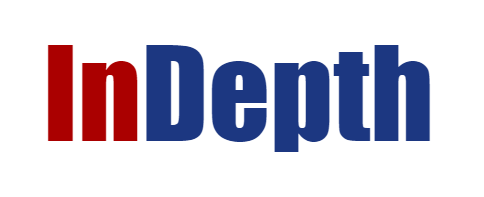The clouds of war are gathering over Ukraine
EDITOR’S NOTE (Nick Stamatakis): Since the beginning of the issue of “Autocephaly,” we have been warning for the possibility of a local or even wider war in Ukraine. A look at the very informative piece below will convince you that war is imminent. The “deep state” actors in Washington DC seem determined to use Ukraine to advance their positions against Russia. Our opinion is that they are playing a largely losing game. Russia, in addition to being a nuclear power with advanced capabilities, will be fighting for her own national security near or on her borders with Ukraine. Also, Russia recently finished signing a deal with China and Iran, forming a massive power block, almost impossible to be penetrated by NATO. So, what are NATO and the US going to gain out of this imminent conflict? In the best-case scenario, they will consolidate power in Western Ukraine and they will lose Eastern Ukraine to Russia, an area largely Russophone and almost exclusively Orthodox Christian.
But there is something else the American establishment may gain out of the conflict, and maybe this is their major hidden goal: The imminent war will force Germany (after their likely intervention in support of the Catholics and former Nazis of Western Ukraine) to stop cooperation with Russia on the Nordstream-2 gas pipeline – and this is a truly worthy goal for the American establishment. Of course, they forget that Vladimir Putin is a master chess player and is already two to three steps ahead of them – as he has already proven in Syria… So, he has probably already taken care of this eventuality. In which case the DC establishment will do a glorious about-face and seek some form of reconciliation with Russia. Already some voices in the Biden administration point in this direction…
Regarding the Constantinople Patriarchate, nothing good will come out of this. The loss of prestige and the de facto loss of the title “Ecumenical” is already in process and will only be exacerbated in the aftermath of even a rather limited military conflict. The Patriarchate will be partly blamed for helping initiate the bloody conflict. But there are greater risks and they are not very hard to imagine. Alas, at the Patriarchate the number one concern is the well-being of the bank accounts in Switzerland… Not one statement about the violence among opposing Orthodox Churches in Ukraine… They keep issuing statements about the “Halki Seminary” and “Hagia Sophia”. And they keep forgetting that the only major advancement in the last 100 years in terms of Orthodox religious freedom in Turkey is owed to Vladimir Putin (thanks to the intervention of Ivan Savvides and the Greeks of Russia), who made possible the opening of Panagia Soumela Monastery in Pontos… Without Putin “convincing” Erdogan there would be no services allowed at this truly holy and historic place…
The Patriarchate may be forgetful, but Putin is not…
=========================
Russian Armor Floods Toward Border With Ukraine Amid Fears Of An “Imminent Crisis”
By Joseph Trevichik (Thedrive.com)
Trains loaded with large amounts of Russian military hardware, including tanks and other heavy armored vehicles, as well as heavy artillery, appear to be streaming toward the country’s borders with Ukraine. There are unconfirmed reports that the scale of these movements is so significant that it has, to the dismay of Russian farmers, disrupted shipments of tractors and other agricultural equipment ahead of the spring harvest season. U.S. officials are now worried that a new major round of fighting between Russia and Ukraine may be imminent as a ceasefire is at risk of expiring tomorrow.
It’s not entirely clear when the Russian buildup began, but video footage and other imagery reportedly showing armored vehicles and other military equipment on trains heading toward southwestern Russian has been appearing on social media since at least March 27, 2021. There have also been sightings of large ground convoys and groups of aircraft.

152mm Msta-S self-propelled howitzers loaded on a train reportedly seen recently in Kerch on the Crimean Peninsula.
This includes at least one clip of a trainload of 152mm 2S19 Msta-S self-propelled howitzers, BMP-3 infantry fight vehicles, and other military vehicles, crossing a bridge that now links Russia to the Crimean Peninsula, and footage of what appears to be the same train in the Crimean city of Kerch. Russian forces seized this region from Ukraine in 2014 and the Kremlin subsequently annexed it.
Some military movements in the same general region had been observed earlier the month and appeared to be related to a previously announced exercise. However, there have now been reports that Russian forces that took part in those drills remained deployed after the training officially wrapped up on March 23. In addition, subsequent deployments had reportedly seen troops, including units not known to have been involved in the aforementioned drills, head out to locations outside of the publicly announced exercise areas.
“We’ve reached out to Russia to try to gain a little more clarity on what’s going on,” top Pentagon spokesperson John Kirby said on March 31. U.S. Army General Mark Milley, the Chairman of the Joint Chiefs of Staff, had reached out to his Russian counterpart, General Valery Gerasimov, on March 31, 2021, to ask about the troop movements, but it’s unclear what the Russian response was to those queries. Milley also spoke with Ukrainian Commander-in-Chief Ruslan Khomchak about the developing situation.
“The Russian Federation continues its aggressive policy towards Ukraine,” Khomchak had told his country’s parliament on March 30. “An additional concentration of up to 25 tactical groups is expected, which, together with the already deployed forces near the state border of Ukraine, poses a threat to the military security of the state.”
Khomchak had also said that Russia has around 32,700 military personnel in Crimea, at present. Since annexing the territory in 2014, the Kremlin has significantly expanded its military presence there to include air, naval, and ground-based assets, including anti-ship cruise missile and surface-to-air missile batteries.
Russia also oversees some 28,000 personnel in “separatist” units in areas of eastern Ukraine known collectively as the Donbass who have been fighting the government in Kyiv since 2015. Though the Kremlin denies it, the evidence is clear that a substantial portion of these forces is simply regular Russian military units deployed on Ukrainian soil. There are also strong links between Russia’s intelligence services and ostensibly “local” forces.

A map provided by the multinational Organization for Security and Cooperation in Europe (OSCE) showing the activities of its Special Monitoring Mission to Ukraine that gives a general sense of the eastern Donbass region of the country. The red “line of contact” represents the de facto boundary between areas occupied by “separatist” forces and the rest of Ukraine.
It’s not clear exactly how much additional Russian military hardware is actually heading towards the border with Ukraine, but there are reports that the deliveries are substantial enough to have disrupted the movement of other goods via rail, such as agricultural tractors, in the country, according to the Kommersant newspaper. The Russian Ministry of Defense did not respond to Kommersant‘s queries on the matter and, interestingly, the outlet’s sources within the country’s defense establishment denied the claims that large numbers of flatbed railcars have been requisitioned from state railroad operators for military use.
Though the new Russian military buildup is clearly at least a message meant for Ukrainian authorities, what the Kremlin’s exact plan is remains unclear. The Trilateral Contact Group on Ukraine, which includes representatives from Ukraine, Russia, and the multinational Organization for Security and Cooperation in Europe (OSCE), reportedly failed to agree on the terms of an extension of an existing ceasefire agreement in Donbass beyond April 1.
The Ukrainian delegation pointed the finger squarely at the Russians for the breakdown in talks, according to reports. Both sides routinely accuse each other of violating the current ceasefire, regardless, with Ukrainian officials saying 26 of its soldiers have died in fighting this year already.
The immediate concern is that major fighting in Donbass could resume after the ceasefire expires tomorrow. The New York Times reported today that U.S. European Command (EUCOM) had changed Ukraine’s status on an internal watch list from “possible crisis” to “potential imminent crisis,” the latter being the most serious level on the scale.
It is important to point that there have been concerning spikes in Russia’s military activity near Ukraine in the past, but the timing of these developments around the expiration of the ceasefire seems particularly notable. The very visible massing of Russian forces in areas along Ukraine’s borders could simply be intended as a deterrent against a new Ukrainian offensive into Donbass. At the same time, if a new round of large-scale fighting were to erupt in eastern Ukraine, there is also the possibility that Russia might seek to change the status quo around areas presently occupied by “separatist” elements to put additional pressure on the government in Kyiv.
The pressure resulting from any outburst of fighting in Ukraine could also apply to the United States. Earlier this month, Russian President Vladimir Putin publicly responded in an unusually angry fashion to remarks U.S. President Joe Biden had made in an interview with ABC News’s George Stephanopoulos. Biden had agreed with the characterization of Putin as a “killer” and said that he would “pay a price” for interference in the 2020 U.S. Presidential Election, something the Kremlin denies.
U.S. Secretary of State Antony Blinken did reiterate the U.S. government’s support for Ukraine’s “sovereignty and territorial integrity” in a call today with Ukrainian Foreign Minister Dmytro Kuleba. The United States, as well as most of the international community, does not recognize Russia’s occupation of Crimea or “separatist” claims in Donbass. However, Ukraine is not a NATO member or otherwise a formal American ally, though they are an important regional security partner, and it’s unclear how willing or able the U.S. government would be to prevent any new major incursion by Russia into Ukraine.
Prompting some level of crisis with Ukraine could also help the Kremlin distract attention from domestic issues, such as the ongoing COVID-19 pandemic, in Russia. Earlier this year, Russian President Vladimir Putin faced unusually large protests over the arrest of political dissident Alexei Navalny. Navalny is a long-time critic of Putin, as well as other Russian officials, and has headed up an organization dedicated to exposing government corruption in Russia.
Navalny is now on a hunger strike in prison after being convicted of what he and his lawyers say were politically motivated charges in February. He was arrested immediately after returning to Russian from treatment in Germany following an assassination attempt last year involving one of a secretive family of chemical weapons referred to collectively as Novichoks.
Whatever the exact goals of Russia’s new military buildup near Ukraine might be, it has already succeeded in provoking concerns about a new escalation in the conflict between the two countries.
NOTE FROM EASTMED STRATEGIC STUDIES INSTITUTE
it is with great concern that we see Turkey’s involvement in the coming hostilities as a provider of military equipment (drones and necessary support) on the Ukranian side. We have information which leads us to the conclusion that the deal has been struck between the Turkish administration and the US new administration (in which many MIT operatives are active) involving Turkish paramilitary and corporate entities operating in Ukraine as proxies for US interests. The “reward” for Turkish involvement will be the US support for the Turkish terrritorial claims against Greece.
We have already warned the Hellenic Government months ago of this possible outcome, but we have found out that there is no interest in our input, as the decision processes are governed by EU (german actually) involvement in the policy making of Greece.
Once again, publicly now, we warn the Hellenic authorities to take heed of our advice and strengthen their military capability and their regional alliances, not in word but in deed.
For this we recommend:
a) immediate closure of the naval forces expansion deal, not at a minimal level, but at a maximal level, meaning that 4 frigates are not enough to cover the need for the naval forces upgrade, but 8…. and we could suggest two simultaneous sources, one the French proposal and one the US proposal, both combined with an immediate interim solution until the new units are produced. At this level we stress the possibility of at least 1 Ticonderoga class ship, for reasons we have already presented in the past
b) immediate increase in the conscription period for civilians, conscription for females willing to enter service, salaries for conscripted personel and increase in Non Commissiond Officers and Servicemen/women.
c) immediate expulsion of illegal aliens and/or isolation in remote island detention facilities until their deportation. (the reason for this being that they will be “weaponised” in the case of future conflicts.
d) proposal to Israel, Egypt and Cyprus to form a Eastern Mediterranean alliance, even if this means simultaneous bilateral mutual military assistance agreements.
e) implementation of the “unified defence” area from Igoumenitsa to Eilat, including the sum total of the Cypriot island.
f) joint production and servicing of weapons systems between the above countries.
Lets face it…. the new US administration is no friend to Israel, Greece, Cyprus or Egypt. It is time for these countries to unite or face anhilation by the same forces which have infiltrated the new Μπιντέν administration, ie the Muslim Brotherhood.
Consider yourselves warned……
